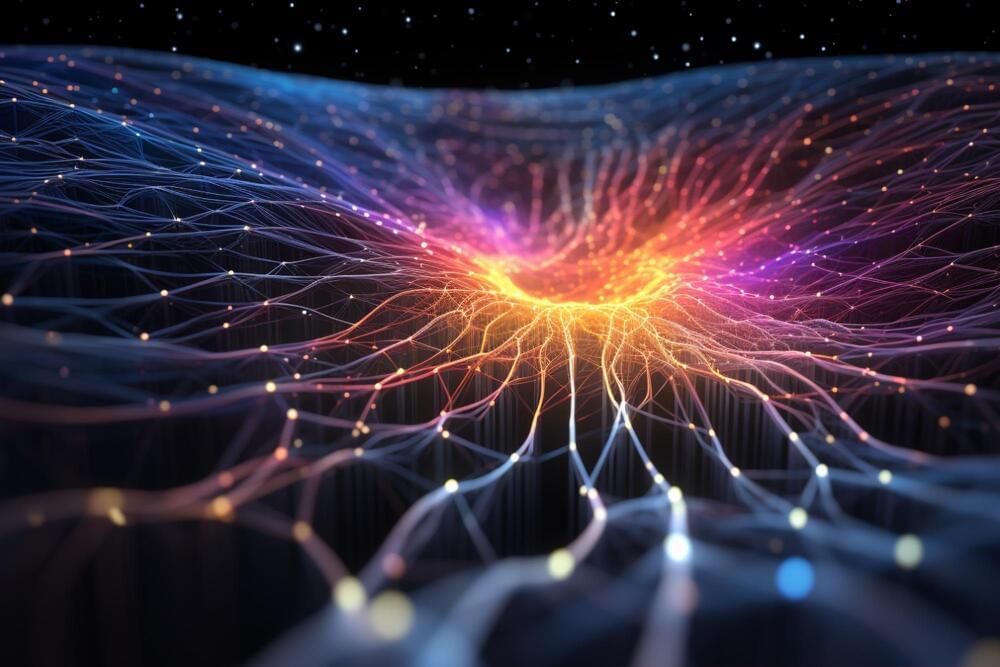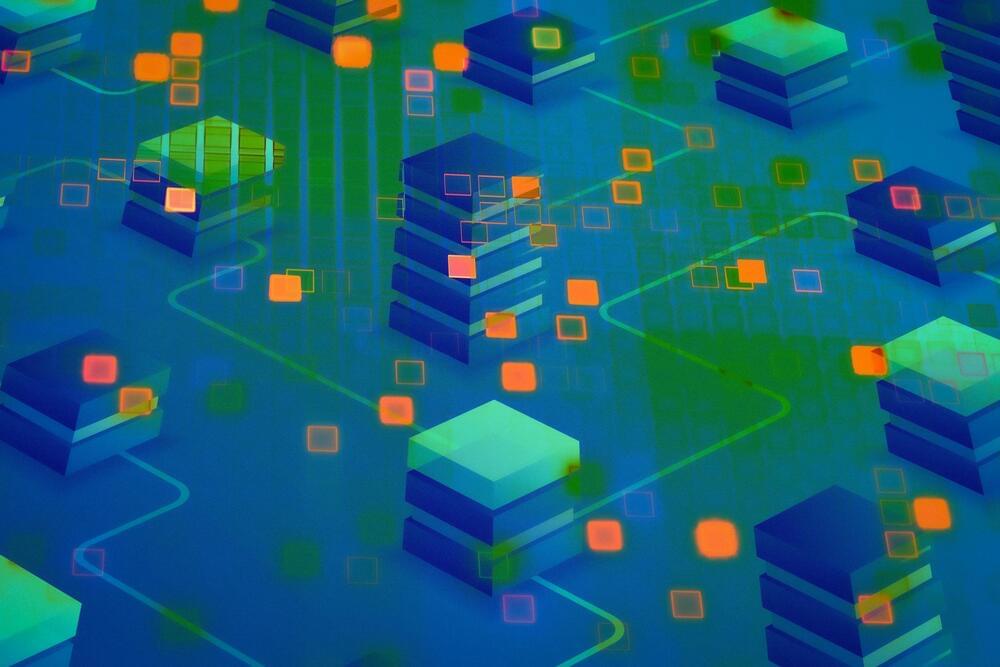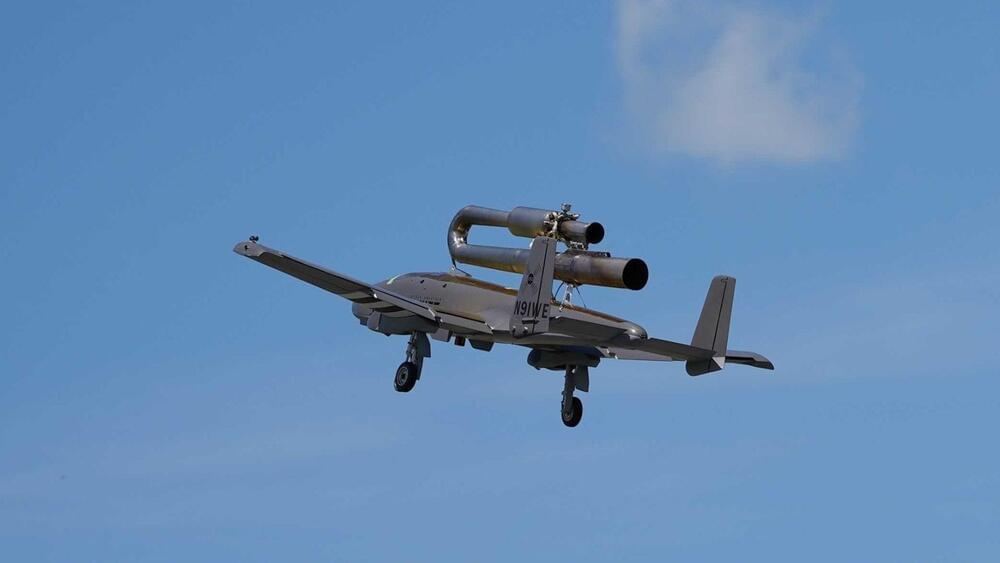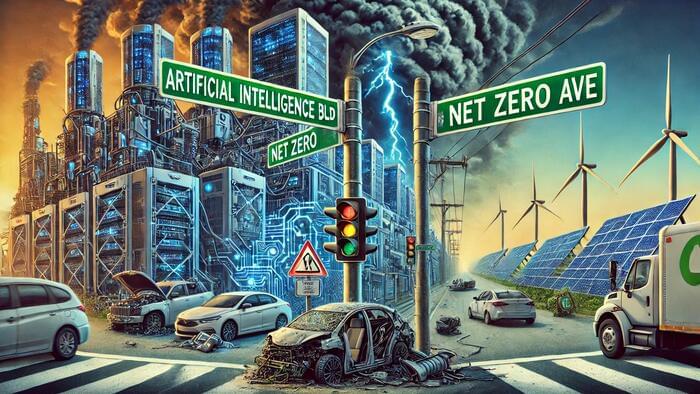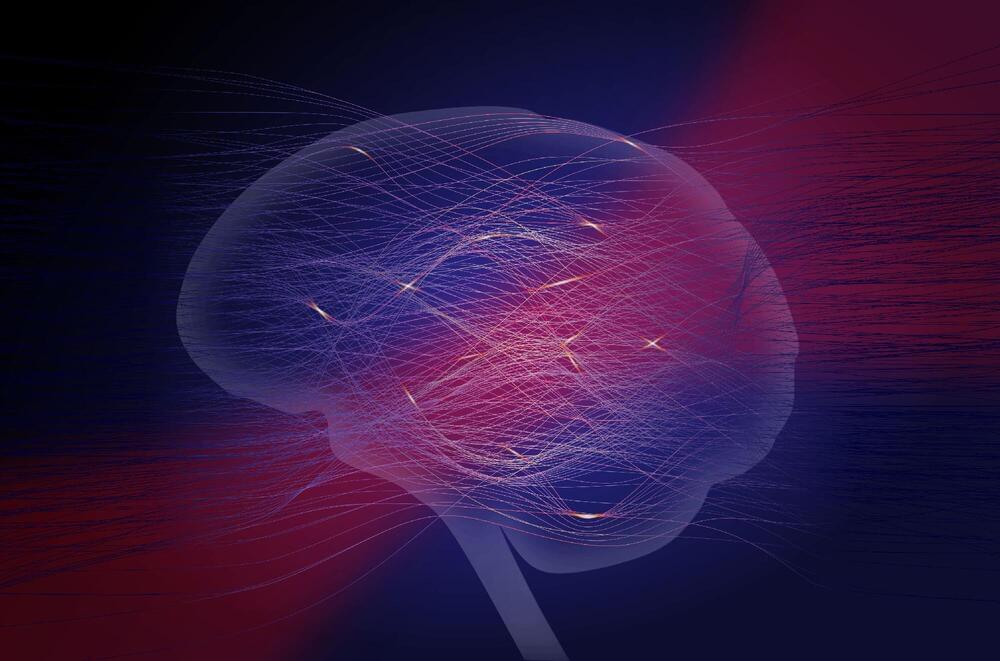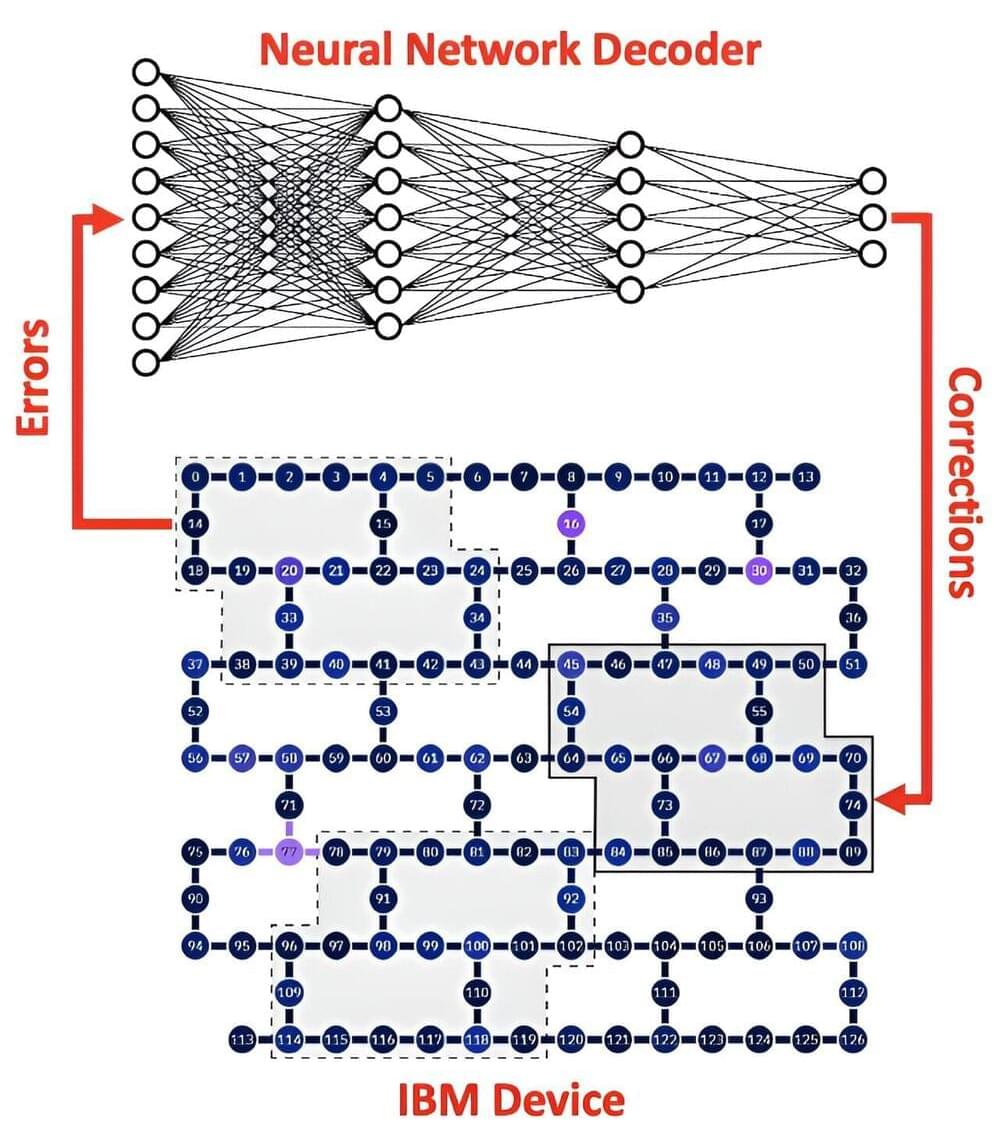
South Korea is poised to enhance its defense capabilities with the launch of a revolutionary laser-based anti-aircraft weapon. Hanwha Aerospace, a leading South Korean defense firm, has begun production following a contract signed in late June with the Defense Acquisition Program Administration (DAPA). The contract, worth KRW100 billion (USD72.5 million), mandates the delivery of the ‘Laser Based Anti-Aircraft Weapon Block-I’ systems to the Republic of Korea (RoK) Armed Forces starting later in 2024. This advanced weapon system, developed since 2019 with an investment of KRW87.1 billion (approximately USD63 million), is set to bolster South Korea’s defense against emerging threats, particularly from North Korea.
DAPA has described the Block-I system as a new-concept future weapon system that employs a laser generated from an optical fiber to neutralize targets. The weapon is engineered to accurately strike small unmanned aerial vehicles (UAVs) and multicopters at close range. This innovative technology is silent, ammunition-free, and operates solely on electricity, making it a cost-effective solution, with each firing costing about KRW2,000. The laser anti-aircraft weapon (Block-I) represents a significant advancement in our defense capabilities. If the output is improved in the future, it could become a game-changing asset on the battlefield, capable of responding to aircraft and ballistic missiles.
Dubbed the “StarWars Project,” the weapon’s development is a crucial element of South Korea’s strategy to modernize its defense systems amidst North Korea’s increasing weapons advancements. The laser beam emitted by the weapon is invisible to the human eye and produces no sound, adding to its tactical advantages. Upon deployment, South Korea will be the first country to operate this type of advanced laser weapon system, marking a significant milestone in military technology. This strategic development underscores South Korea’s commitment to maintaining a robust and modern defense posture in an increasingly complex security environment.
